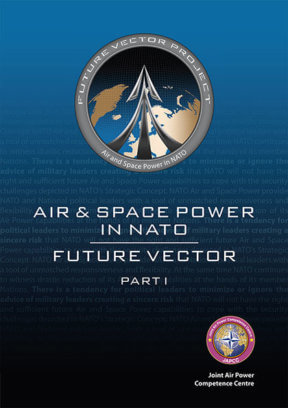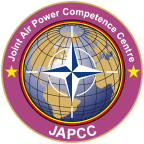Foreword
The precise application of combat power from the air has been of strategic importance to the Alliance since NATO’s inception. Time and time again, NATO and its Member Nations have turned to Joint Air Power as the first, and in some cases only, military response option. Air Power, now coupled with Space Power, continues to demonstrate its inherent ability to ‘go over not through’ with attributes of speed, reach, flexibility, and precision. These combined qualities provide NATO and National political leaders with a tool of unmatched responsiveness and flexibility, supporting the political-strategic objectives of both the Alliance and its Member Nations.
Despite Air and Space Power’s undeniable contribution, NATO continues a drastic and increasing reduction of the very same capabilities. The current ‘climate of austerity’ will put investment in future Air and Space Power under further scrutiny, resulting most likely in further diminishing the minimum military Air and Space Power capabilities needed to support NATO’s level of ambition. Our Alliance now faces the increasingly dire risk of not having the right capabilities and/or sufficient quantities of Air Power and access to Space capabilities to cope with the security challenges outlined in NATO’s forward-looking Strategic Concept.
Therefore I directed the Joint Air Power Competence Centre to conduct the study ‘Air and Space Power in NATO – Future Vector’ to chart the path forward and guarantee Air and Space Power’s contribution to the success of NATO and the security of Member Nations. I would like to reiterate that the Future Vector Study is Joint in nature. The study focuses on Air and Space Power from all domains and includes the capability and competency requirements of all Services.
The crisis in Ukraine quickly highlighted why collective security in Europe is still required. Our Alliance will be required to execute Collective Defence, Crisis Management and Cooperative Security crisis response in a rapidly changing and challenging world. NATO and political decision-makers must continue to act collectively to maintain our asymmetric advantage – Joint Air and Space Power.
I strongly encourage you to read this publication as it offers ideas and potential solutions to enhance NATO’s Joint Air and Space Power and guarantees our collective security in the coming decades.
Frank Gorenc
General, US AF
Director, JAPCC











